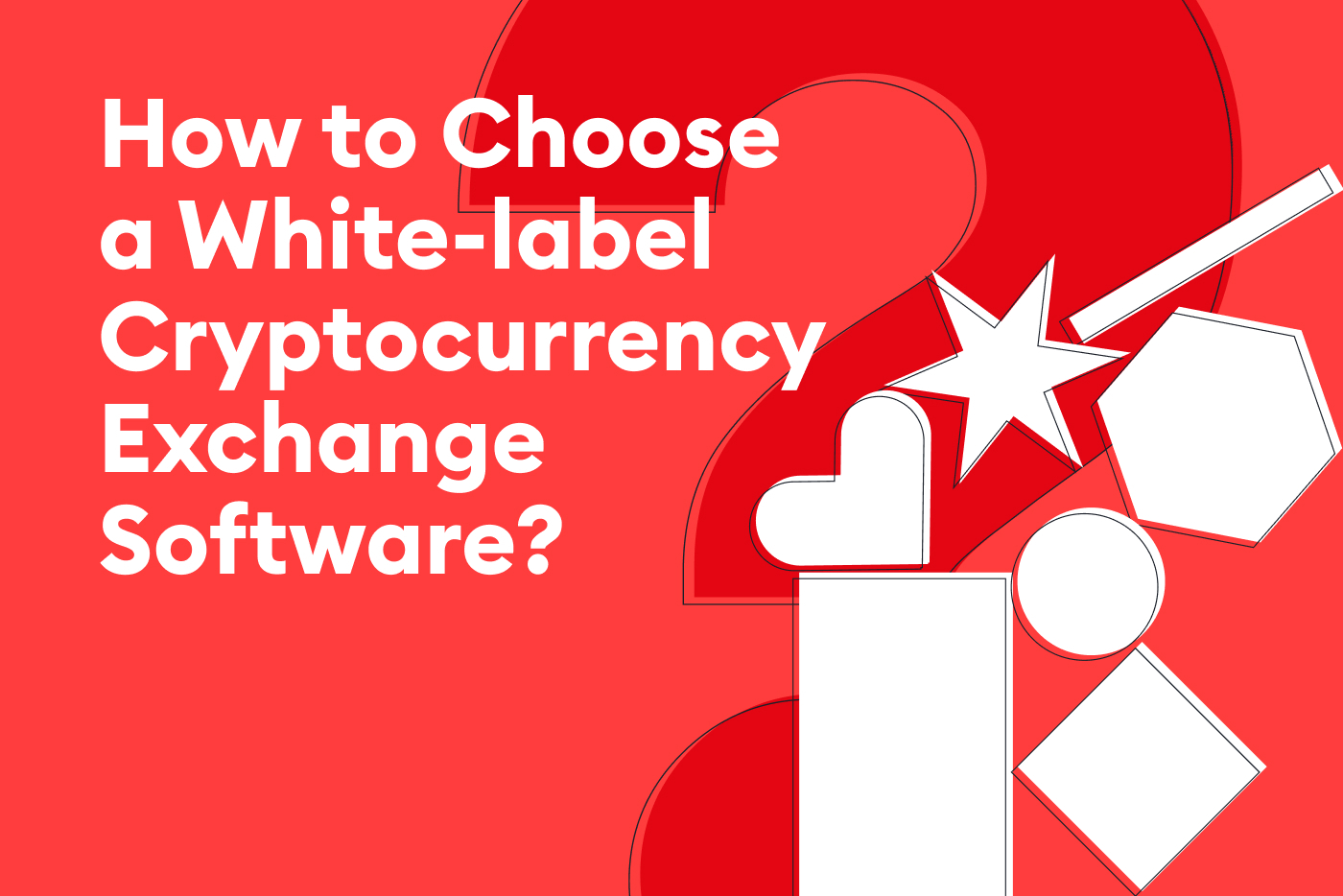
Introduction
Financial institutions [1] were created to fulfil various societal needs and mechanisms to facilitate certain transactions. The primary role of financial institutions is to provide liquidity to the economy and permit a higher level of economic activity than would otherwise be possible.
From providing funding, lending, and exchanges, to enabling money to move around the world by arranging deposits, withdrawals and transfers, interactions with financial institutions are an everyday reality for a large part of the population. But what at the time seemed like an evolution to a new, better scenario, could now be viewed as another actor being replaced in the chain of innovation.
Centralized Finance
Traditional (centralized) finance can be defined as a system where centralized actors (financial institutions) offer a range of services that aim to provide efficient resource allocation, whether between actors or through time. It accomplishes this by serving as intermediaries between parties, while keeping users’ private data.
Compared to its previous state, traditional finance created massive wealth and connections that would otherwise not exist. Additionally, it exponentially increased the speed of globalization and brought with it all its benefits (“free” trade, labour movement, capital flows and better communication, among others)[2]. Unfortunately, its centralized nature means the benefits have gone to individuals with easier access to this system (i.e developed economies with proper connectivity, infrastructure, transparent institutions, etc).
Some of the societal needs it fills – at least partially – include, but are not limited to:
- The safeguarding of savings
- Facilitating efficient allocation of capital to support economic growth
- Providing broad access to financial services products and services
- Providing financial protection, risk transfer and diversification
- Collecting, analysing and distributing information for better economic decision-making
- Providing effective markets and financial resilience
Nevertheless, these attributes of the classic model of centralized finance carry certain disadvantages, such as:
- Not accessible worldwide. Rising inequality and filter mechanisms (credit ratings, for example) prevent it from achieving universal inclusion.
- High costs and low transactions. Even though today’s processes are the most efficient historically speaking, large friction inconvenients still exist. Delays of several days on money transfers abroad, as well as clearing and settlement processes do not provide an ideal timeframe. On the borrowing side, it can even take months and endless paperwork before an entrepreneur gets the funds to start a business.
- Low trust in financial institutions and governments. The financial crisis exposed the shortcomings of the traditional financial system and resulted in diminishing users’ trust in the capacity – and willingness – of both governmental and financial institutions to act correctly. It highlighted the need for it to be better.
- Reactive regulation. Regulatory uncertainties are some of the major issues plaguing the current financial system, and don’t provide an appropriate incentive structure to participants.
- Risks. The structural way financial institutions are interconnected impedes the mitigation of systemic risk and cascade effects. Analogously, major risks faced by banks and related financial institutions include credit risk, interest rate risk, market risk, and operating and liquidity risks. Even though there are instruments for estimating and quantifying each risk (such as VaR, duration, sensitivity analysis), many of them produce very sensitive results and are subject to the user’s judgement [3].
- Centralized. Each transaction, independent of its type, must go through at least one intermediary (or institution) before reaching a destination, automatically allowing third parties to access personal information. Moreover, this attribute implies that centrally stored information can suffer multiple damages caused by external attacks, internal inefficiencies, etc.
The Decentralization Process
With the revolution of present finance systems in mind, technological advances resulted in Blockchain, the ground-breaking decentralized technology concept that aims to bridge existing gaps and make finance accessible to everyone. It achieves true decentralization by distributing and storing identical ledgers (of transactions made) in each participant node of the network (chain), and securing them through high-end cryptography. Additionally, consensus protocols are in place to ensure fault tolerance and security of the chain. Instead of financial institutions, “smart-contracts” act as intermediaries in peer-to-peer transactions.
The superior factors that differentiate DeFi from traditional finance can be grouped into:
Autonomy: There is no centralized authority or intermediaries, such as a bank, with the ability to freeze your account, seize your assets, or block your transactions. There is a note to be made on this point; even though DeFi ultimately aims for full decentralization, current applications always carry a modest degree of centralization. Stablecoins, for example, can freeze.
Accessibility: Virtually every person with a mobile phone and internet connection can benefit from the advantages of decentralized finance. Of the approximate 1.7 billion adults that remain unbanked, roughly two-thirds of them have access to mobile phones [4].
Tradability: Every non-digital asset traded in the traditional finance realm can be tokenized and traded (cheaper and faster) through decentralized finance. Every-day shrinking fees and faster transactions also set the basis for mass adoption and easier tradability.
Transparency: DeFi data is publicly available. Reserves on a DeFi bank can be easily checked, or research for accurate loan rates be carried out.
But the predominant factor of Blockchain technology resides in that anyone can develop decentralized applications within open networks (such as Ethereum). For every application traditional finance can have, decentralized applications share its benefits without their main disadvantages (there are, however, some aspects that are seen as drawbacks uniquely associated with decentralized apps) [5].
Major DeFi Apps (DApps) [6]
| Stablecoins | Decentralized Insurance |
| Decentralized Exchanges | Decentralized Lending & Money Markets |
| Asset Tokenization | Asset Management tools |
| Staking | Collateralization |
| Risk Management | Alternative Savings |
| KYC & Identity | Marketplaces |
Conclusion
The applicability and versatility of DeFi provides a tempting alternative path to centralized finance. This can be verified by the growth this system has had since its inception – actual total value locked in DeFi amounts to 10.5B USD [7]. Nevertheless, both centralized and decentralized structures have a role to play in our daily lives, each with their benefits and shortcomings. We will further explore key decentralized applications mentioned above in future articles – subscribe and stay updated.
SCALABLE – Our Solutions
At SCALABLE we provide a wide range of white-label services that include Exchanges, Liquidity, Asset Tokenization, Custody and Wallets. We know how daunting the shift to new technologies can be and thanks to our teams’ vast experience in both traditional finance and the blockchain industry, we can help bridge the gap between the two industries. Schedule a DEMO to find out more.
References
[1] Financial institutions include banks, insurance companies, brokers, pension plans, funds, exchanges, etc.
[2] For an in-depth academic survey of globalization, see Kose, M. A., Prasad, E., Rogoff, K., & Wei, S. J. (2009). Financial globalization: a reappraisal. IMF Staff papers, 56(1), 8-62.
[3] Carey, M., & Stulz, R. M. (2005). The risks of financial institutions (No. w11442). National Bureau of Economic Research.
[4] Demirguc-Kunt, A., Klapper, L., Singer, D., Ansar, S., & Hess, J. (2018). The Global Findex Database 2017: Measuring financial inclusion and the fintech revolution. The World Bank. Chapter 2: The unbanked.
[4] “Financial Inclusion on the Rise, But Gaps Remain, Global Findex Database Shows.” World Bank, www.worldbank.org/en/news/press-release/2018/04/19/financial-inclusion-on-the-rise-but-gaps-remain-global-findex-database-shows.
[5] Including lack of oversight, assistance or legal framework.
[6] A list of DApps can be found on the Ethereum DeFi Ecosystem. This list is by no means comprehensive. https://defiprime.com/ethereum
[7] “DeFi Pulse: The DeFi Leaderboard: Stats, Charts and Guides.” DeFi, defipulse.com/.
General Sources
Campbell, Lucas. “DeFi Market Report for 2019 – Summary of DeFi Growth in 2019.” DeFi Rate, 12 Feb. 2020, defirate.com/market-report-2019/.
Desjardins, Jeff. “The 7 Major Flaws of the Global Financial System.” Visual Capitalist, 11 Sept. 2019, www.visualcapitalist.com/7-major-flaws-global-financial-system/.
CoinGecko, Ong, B., Lee, T. M., Lau, D., Azmi, E., Kho, K., Jin, T. S., … Gries, M. (2020). How to DeFi.

